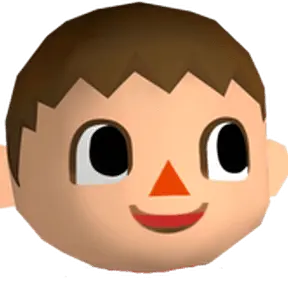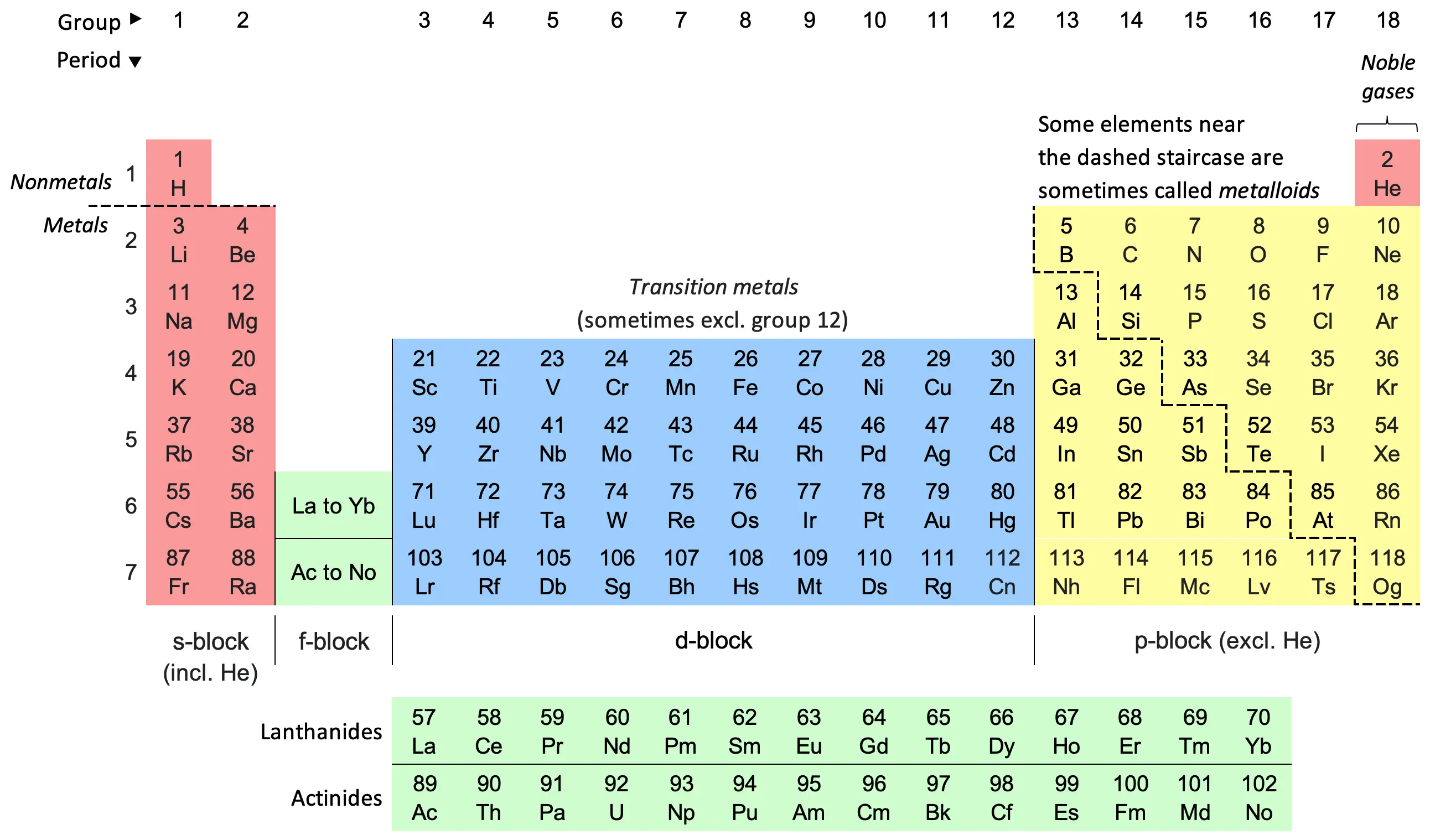How to Memorize Any Chinese Character
 Kevin
\\
Kevin
\\
To achieve basic literacy in Chinese, you’ll need to learn thousands of Chinese characters. For native Chinese speakers, this is done over the course of a decade of schooling and standardized testing. I’m going to tell you a method that will allow you to easily learn thousands of Chinese characters within a fraction of the time. It’s the same method I used to memorize over 3,000 Chinese characters and become literate in Chinese. It’ll help you do the same.
We’ll start by going over the basics of a Chinese character, then move onto this amazing method for memorizing them.
- Character basics
- Mnemonics: what and why
- Character mnemonic
- Character mnemonic example
- Save time and effort with HanziHero
Character basics
A Chinese character can be broken down into three aspects: it’s appearance, it’s meaning, and it’s pronunciation.
A character’s appearance is made up of a series of strokes. These strokes form common groups that we call components. Each of these components have their own name. For example, the name of the components within the character 好 are 女 woman and 子 child.
A character has its own associated meaning. The meaning of the character 好 is “good”. “Good” as in “good deed”.
Lastly, a character also has its own pronunciation. THe pronunciation of this character is hǎo . The pronunciation will always be a single syllable that consists of three parts: it’s initial, final, and tone. The initial of this syllable is h- , it’s final is -ao , and its has the third tone.
To smoothly read Chinese, each time you see this or any other character you will need to recognize it and recall its meaning and pronunciation.
Those are the three main aspects that you have to learn for each character. With that covered, now we can dive into how to use mnemonics to easily memorize any character.
Mnemonics: what and why
Mnemonics are a memory device that help you remember something. For example, the phrase “righty tighty, lefty loosy” is a mnemonic that helps you remember which direction to twist in order to tighten or loosen most screws.
One mnemonic method is called “method of loci” or “memory palace”. It involves picturing in your mind a scene that represents what you are trying to remember. It is a technique popular with the top memory champions in the world.
To illustrate how this method is used, let’s suppose you want to memorize the chemical symbol and atomic number of an element in the periodic table.

You could do this for oxygen by mentally visualizing an oxygen tank with eight cheerios stuck on it. The oxygen tank represents oxygen, the cheerios represent the letter “o”, and having eight of them represents the atomic number eight. Each time you want to recall this information, just visualize this image. It’s so silly and novel that you’ll be able to remember it without trying.
Character mnemonic
To use this method for Chinese characters, we need to find a way to mentally visualize the appearance, meaning, and pronunciation of the character in a way that is memorable. Let’s cover how to do just that.
Visualize appearance
To visualize the appearance of a character, we can visualize objects that represent the components within it. For the character 好 we can visualize a woman and child in our scene. The presence of those two objects will help us recall the associated components, and thus the appearance of the character.
Visualize pronunciation
To visualize pronunciation, we can break the syllable into its pinyin initial, final, and tone. We can assign these a mnemonic association based on the spelling or pronunciation of each of these pinyin parts. The pinyin initial can be associated with a fictional character. For the initial h-, we can visualize Harry Potter since he also starts with h. The pinyin final can be associated with a setting where our scene takes place. For the final -ao, which sound like the English word cow, we can visualize a barn since that is where cows go. The pinyin tone can be associated with a location within that setting. The third tone is the “low tone”, so we can set our scene to be in the cellar of the barn.
Visualize meaning
How we visualize the meaning will depend on what the meaning is. If the meaning is a noun, we just include that within our visualized scene. And if the meaning is a verb, we can picture the objects within our scene doing that verb.
Now that we know how represent all aspects of a character visually within a memory palace scene, let’s do an example.
Character mnemonic example
As we all know by now, this character has the meaning “good”, the components “woman” and “child”, and the pronunciation “hao3”.
To represent all parts of this character, our visualized scene will need to:
- convey the meaning “good”
- contain a “woman” and “child”
- and include Harry Potter within a barn cellar.
Let’s make a story that combines all of those together.
[h-] Harry Potter is in the [3] cellar of the [-ao] barn that his parents once owned. He comes across a picture of himself as a 子 child with a 女 woman who he recognizes as his mother. He chokes back tears and mutters: “Voldemort stole everything 好 good from my life…”.
This silly story will allow us to remember each aspect of this character. Allow me to illustrate how it’ll do just that.
Using the mnemonic
Imagine you later come across the character 好 again, but can’t immediately recall its meaning and pronunciation. You can look at the components 女 woman and 子 child within it and use that to try to recall the story we just made that includes those two components names within it. If you remember the story, you can remember “Harry Potter in the basement of the barn” which will give you the pronunciation hǎo . And if you remember what he bitterly says, you’ll get the meaning “good”.
Effort per mnemonic
This process is by far the best one to memorize any character. However, it involves quite a bit of work:
- Each character must be broken down into components.
- Each component must be given a name.
- Each pinyin initial, final, and tone must be given an association.
- Each character must be given the most appropriate primary meaning.
- A story must be made that combines the representations of the components, meaning, and pronunciation into one visualized scene.
Additionally, you’ll need to find a way to regularly review each character you learn to ensure you remember it correctly.
Save time and effort with HanziHero
To save you time and effort, we created a web application, HanziHero, that does ALL of this FOR you.
My brother and I built it from the ground up to streamline and supercharge this character memorization technique! We have mnemonics for over 3,000 traditional and simplified characters and add more each day. The characters are taught in an optimal order, so you learn the most essential characters quickly! We also teach you essential words to help you better understand how each character is used in practice. And to tie it all together, we have a built-in spaced repetition review system to review you on what you have learned, ensuring you never forget it.
If you are looking for the most efficient way to learn Chinese characters using this wonderful method you can try it out for free!
